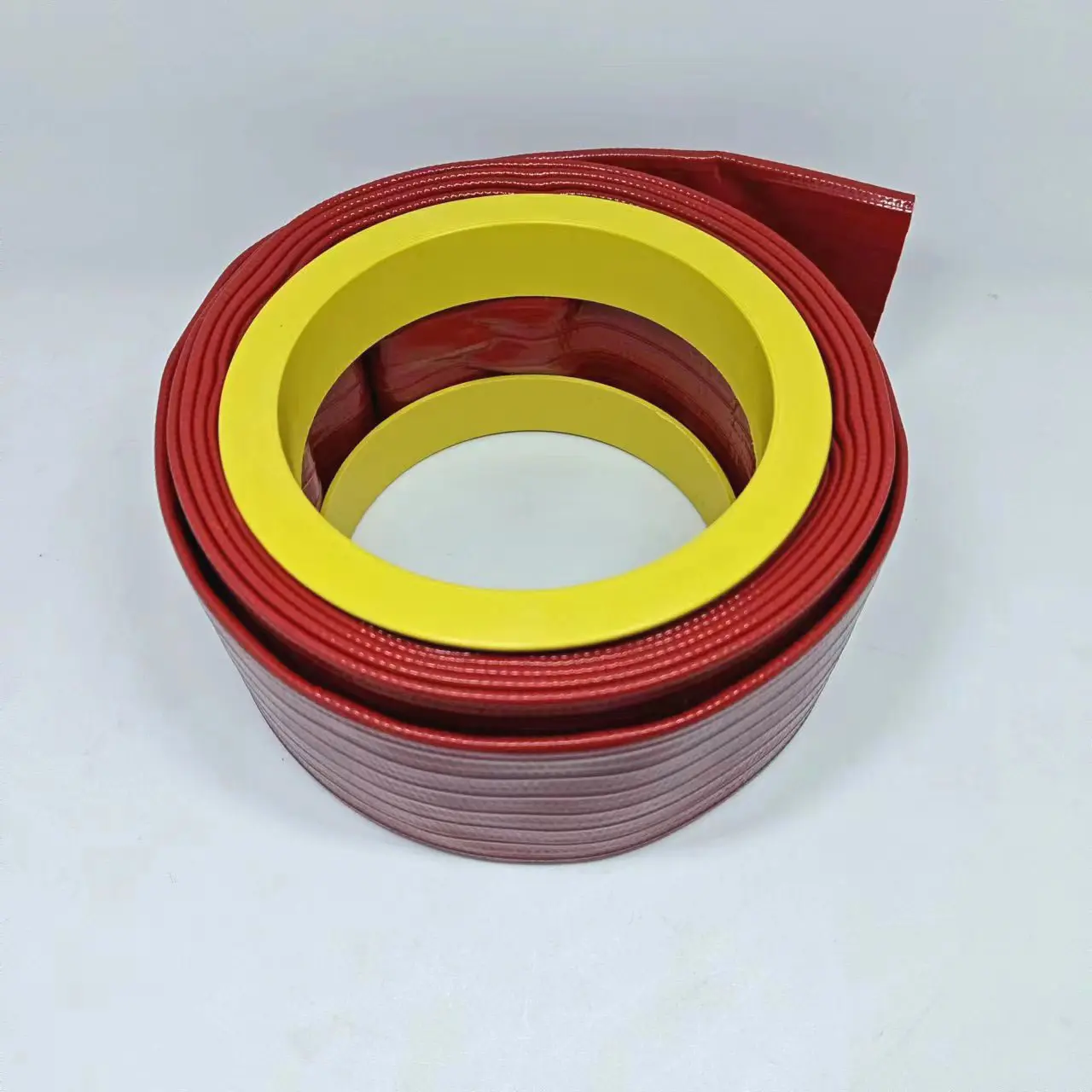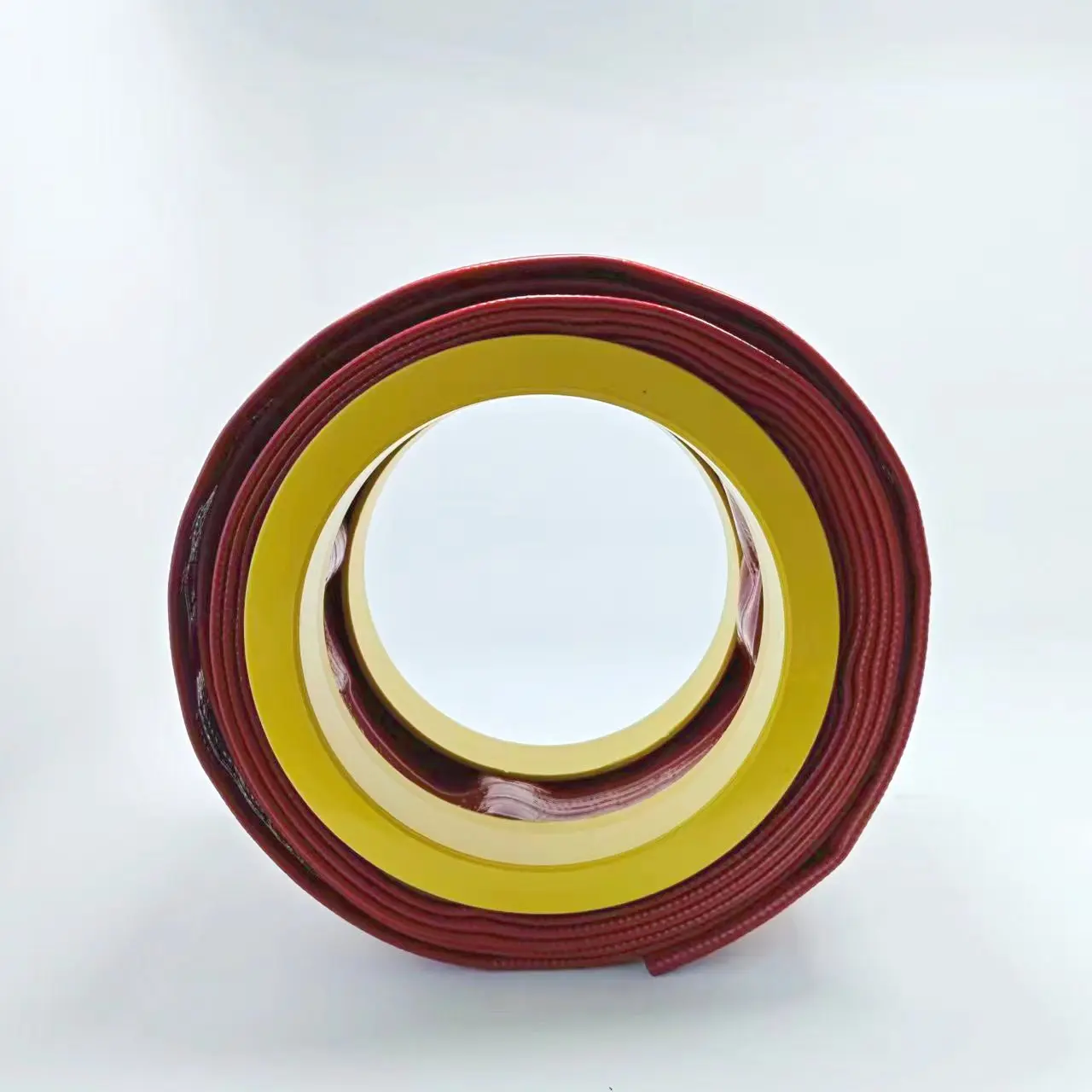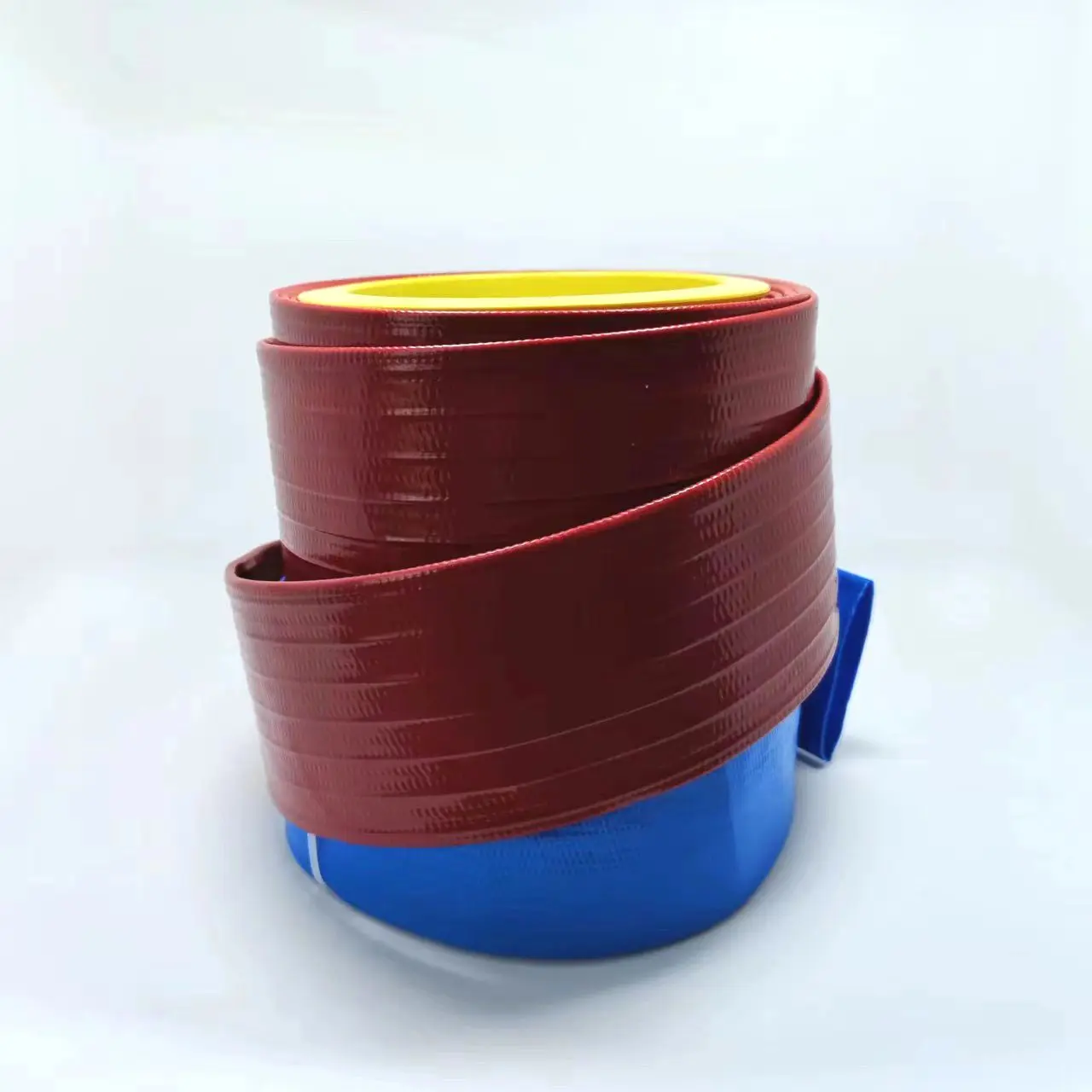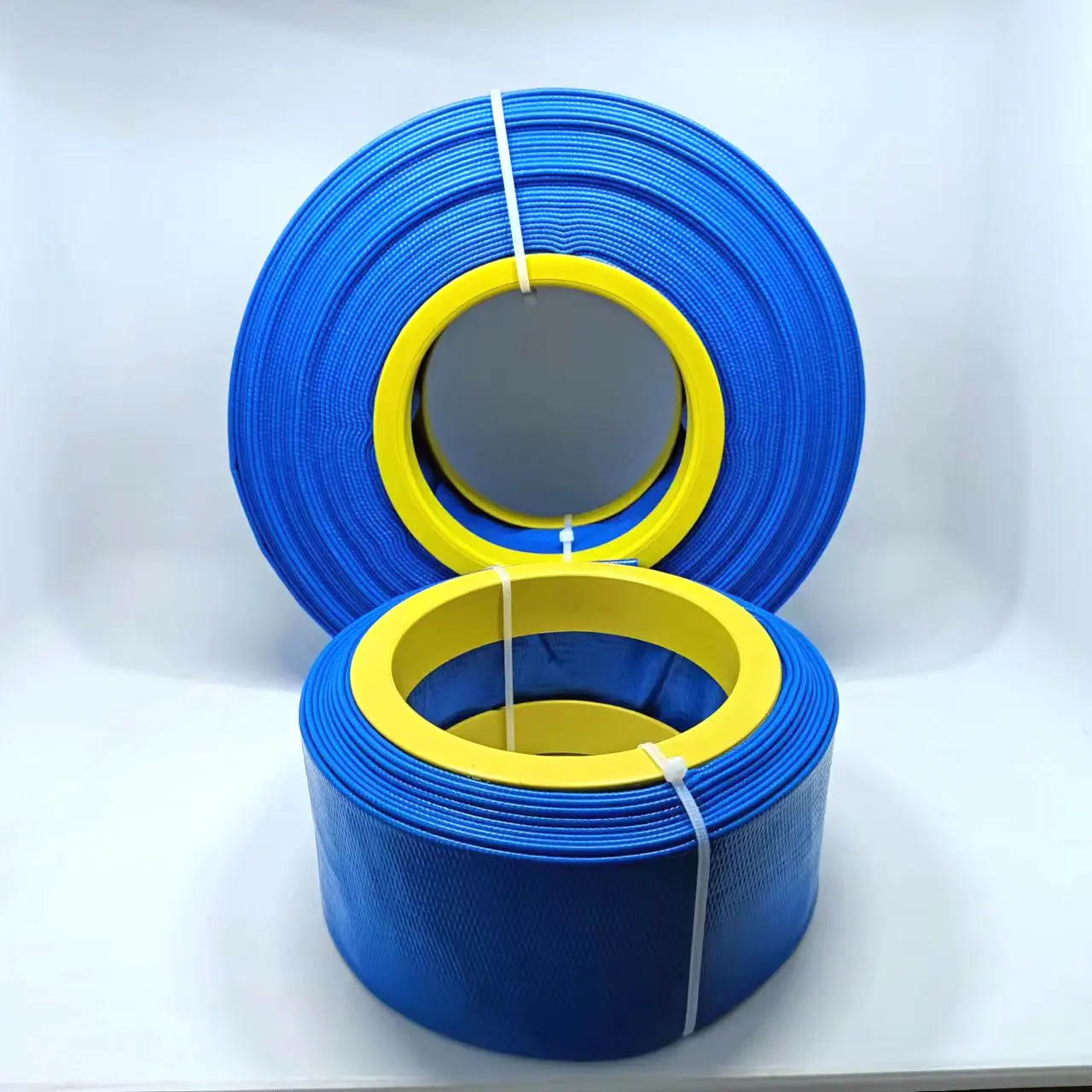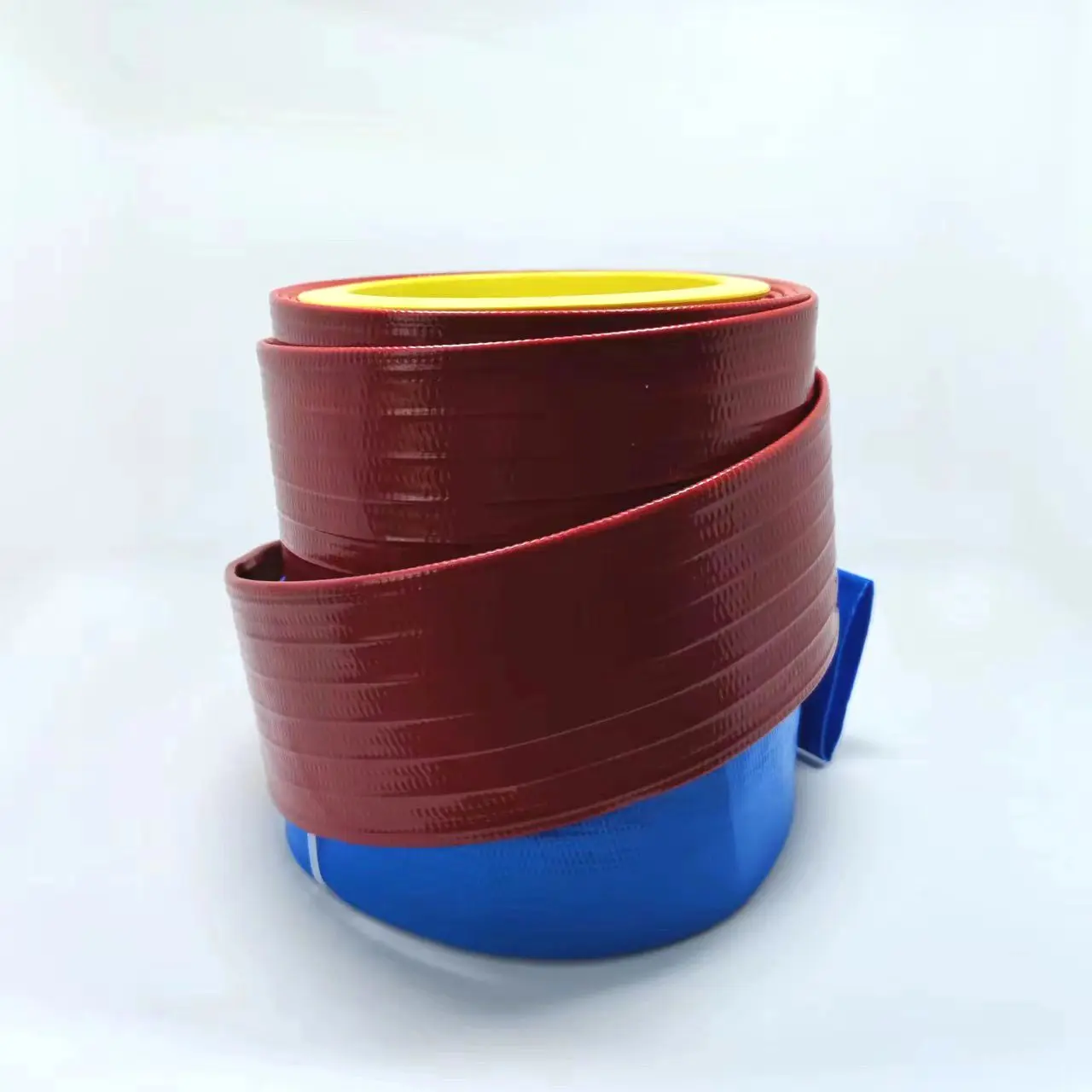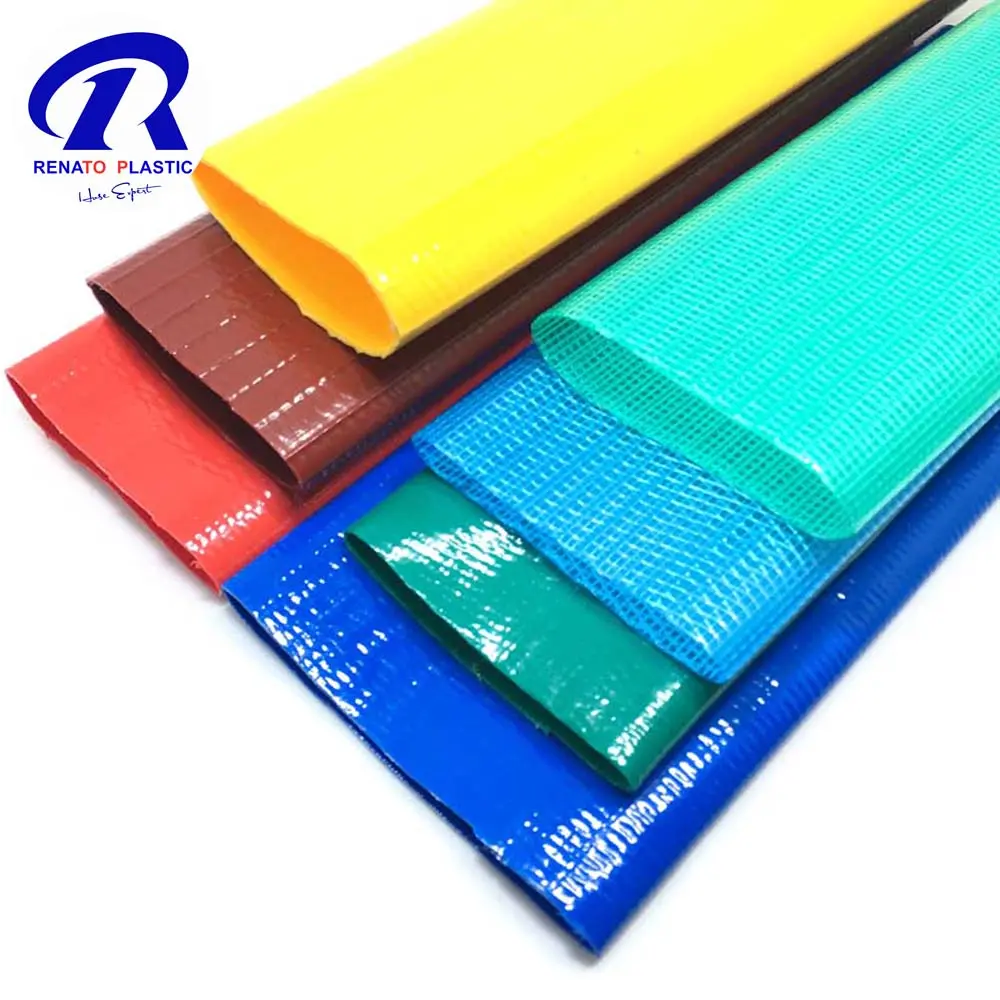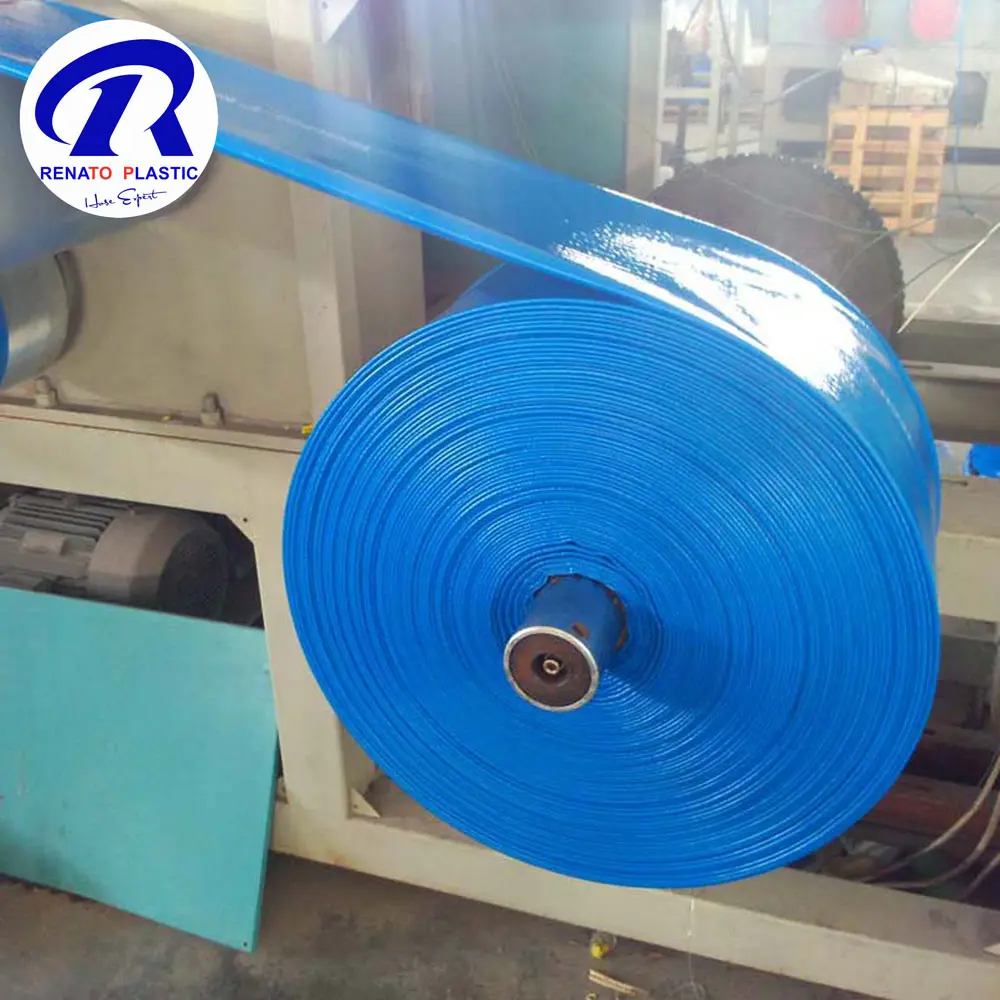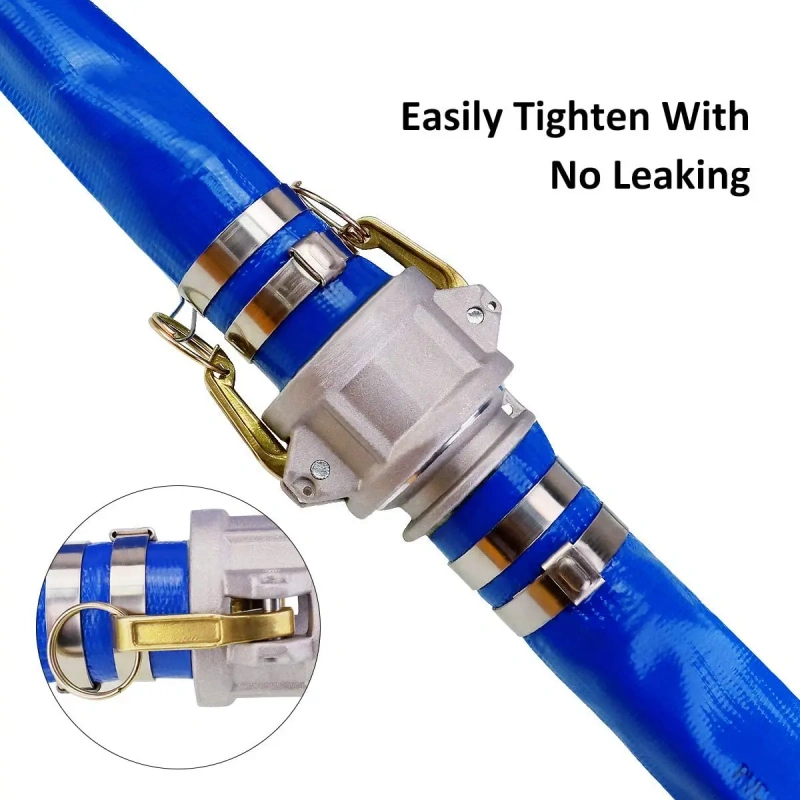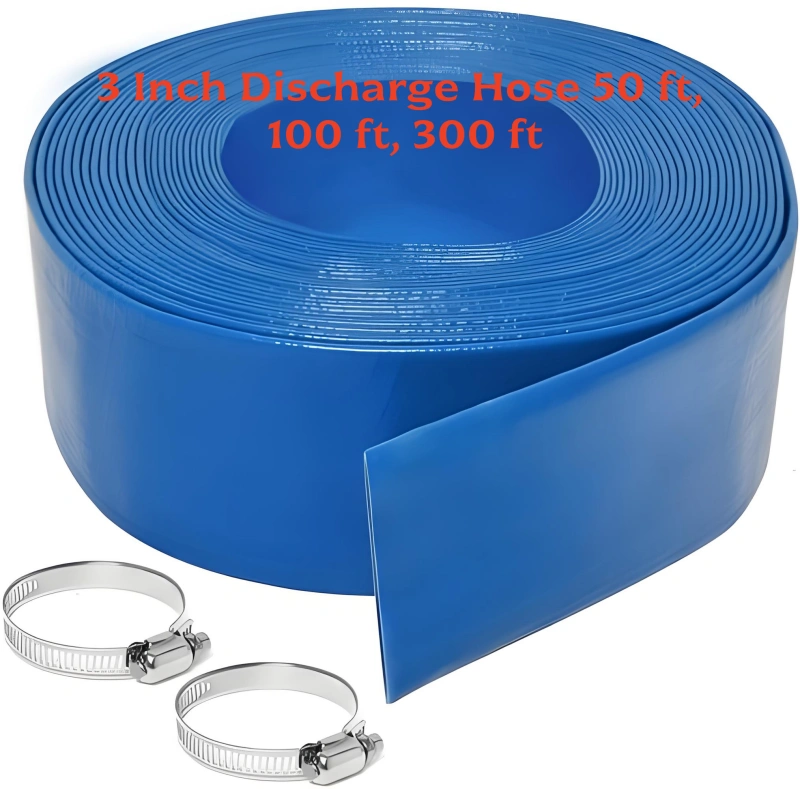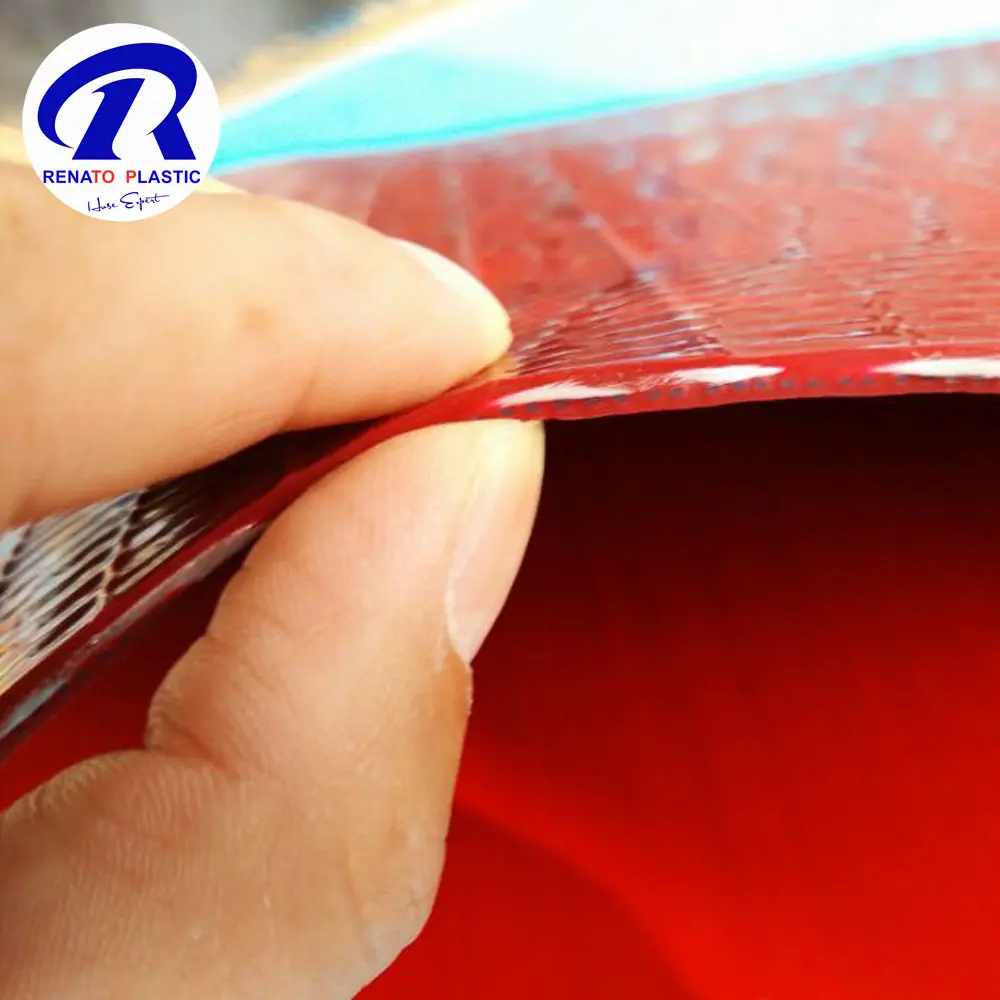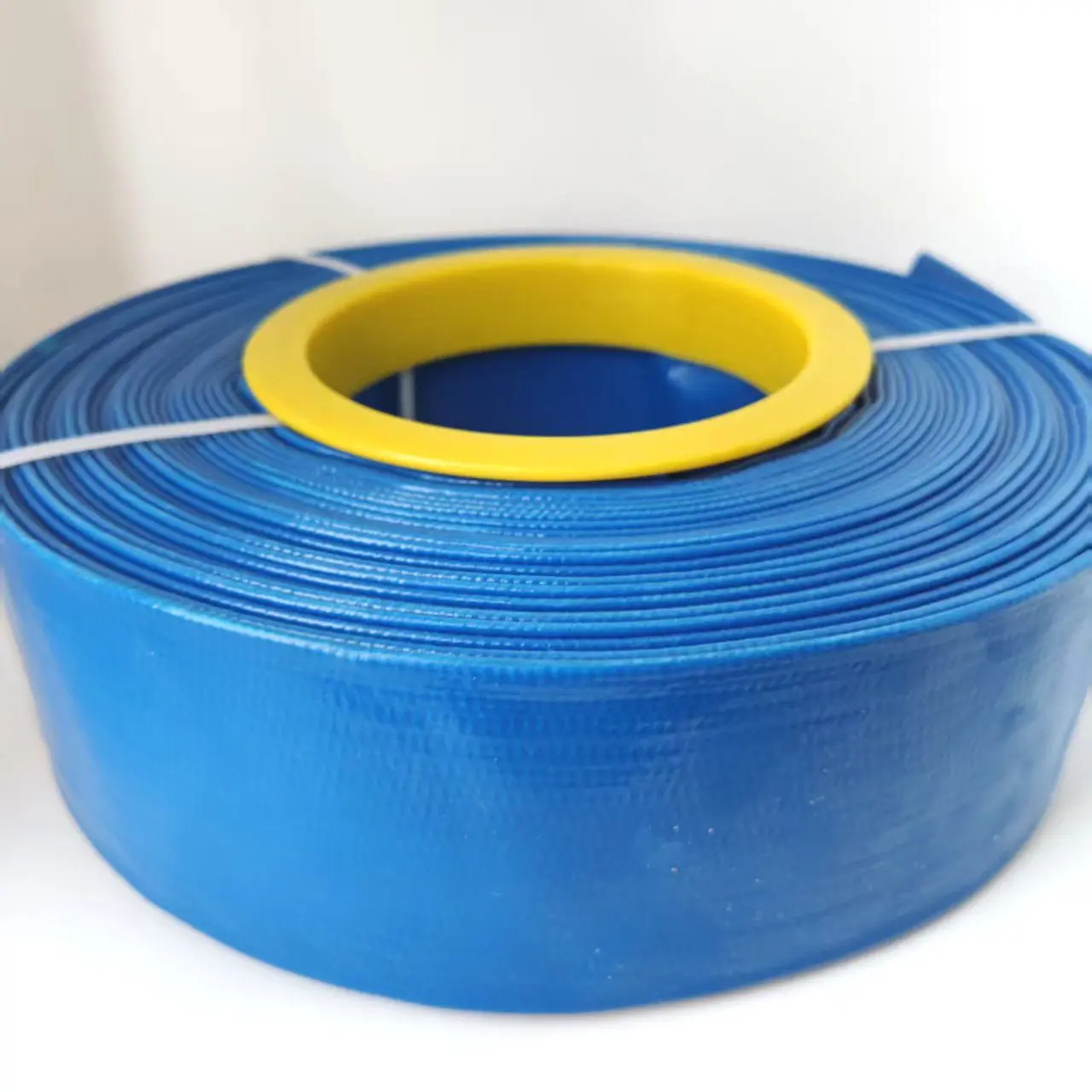Basic Introduction to PVC Layflat Hose
PVC Layflat Hose is a lightweight, easy-to-transport, and flexible piping solution widely used in agricultural irrigation, drainage, and temporary water transfer. Made from polyvinyl chloride (PVC), it is known for its flexibility, resistance to breakage, and ease of storage. In Bolivia, this hose is popular due to its adaptability and simplicity, particularly in regions with uneven water distribution, making it a preferred irrigation tool for many small-scale farmers.
Bolivia’s diverse terrain, ranging from the high-altitude Andes to the lowland Amazon plains, creates varying demands for irrigation equipment. The lightweight nature of PVC Layflat Hose makes it suitable for Bolivia’s challenging transportation conditions, especially in remote rural areas where vehicles are scarce, and manual carrying is the primary method. The hose’s foldable design significantly reduces transport difficulties. Additionally, much of Bolivia’s agriculture relies on traditional methods with low mechanization, so this hose, which requires no complex equipment, aligns well with local needs.
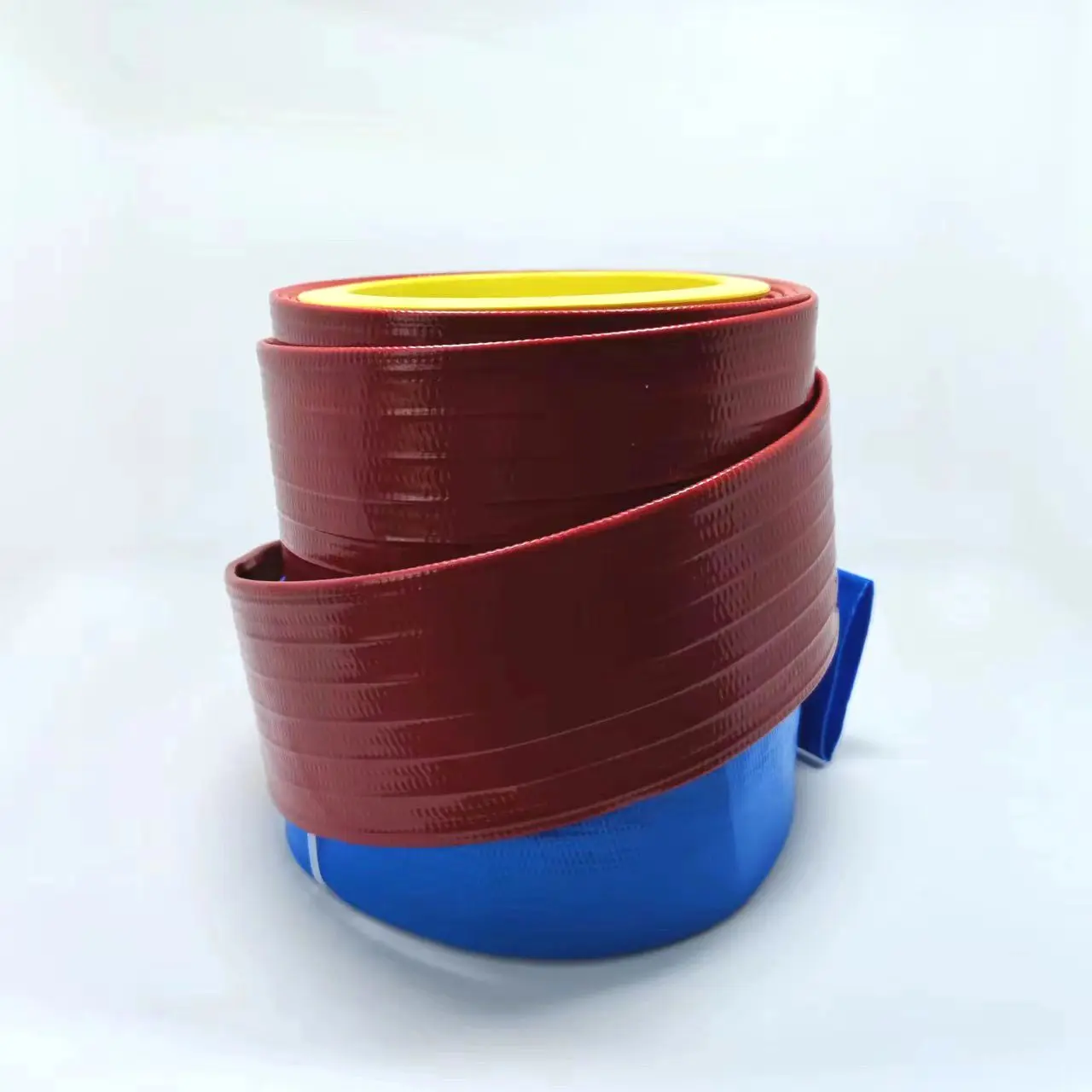
Application of PVC Layflat Hose in Bolivian Agriculture
Agriculture plays a vital role in Bolivia’s economy, particularly the cultivation of crops like corn, potatoes, and coffee. Due to uneven rainfall distribution, many regions depend on manual irrigation, and PVC Layflat Hose, with its low cost and ease of use, has become an ideal choice for small-scale farmers.
Key Applications:
Seasonal irrigation in high-altitude regions: In the Altiplano plateau, where dry seasons are prolonged, farmers often need to divert water from rivers or reservoirs for irrigation. PVC Layflat Hose can be quickly deployed to meet temporary irrigation needs.
Water transfer in sloping farmlands: In mountainous areas like Cochabamba, where terrace farming is common, the hose’s flexibility allows it to adapt to uneven terrain, minimizing water loss.
Temporary drainage systems: During the rainy season, low-lying areas are prone to flooding, and the hose can be used for quick drainage to protect crops.
Since many rural areas in Bolivia lack stable electricity, limiting the use of pumps, PVC Layflat Hose can rely on gravity or simple manual pumps for water transfer, lowering the technical barriers to irrigation.
Adaptability of PVC Layflat Hose in Bolivia
Bolivia’s climate and geography impose high demands on irrigation equipment. PVC Layflat Hose demonstrates strong adaptability in the following aspects:
(1) Weather Resistance
Bolivia experiences intense UV radiation, especially in high-altitude regions, where ordinary plastic products degrade quickly. High-quality PVC Layflat Hose often includes UV-resistant additives, allowing it to withstand prolonged outdoor use without becoming brittle.
(2) Abrasion Resistance
In the Andean highlands, rocky terrain can cause wear and tear when the hose is dragged. Thicker PVC material provides better durability against friction.
(3) Temperature Adaptability
Bolivia has significant daily temperature fluctuations, with nighttime temperatures dropping below 0°C in some areas and rising above 20°C during the day. PVC Layflat Hose retains flexibility in cold conditions, reducing the risk of cracking.
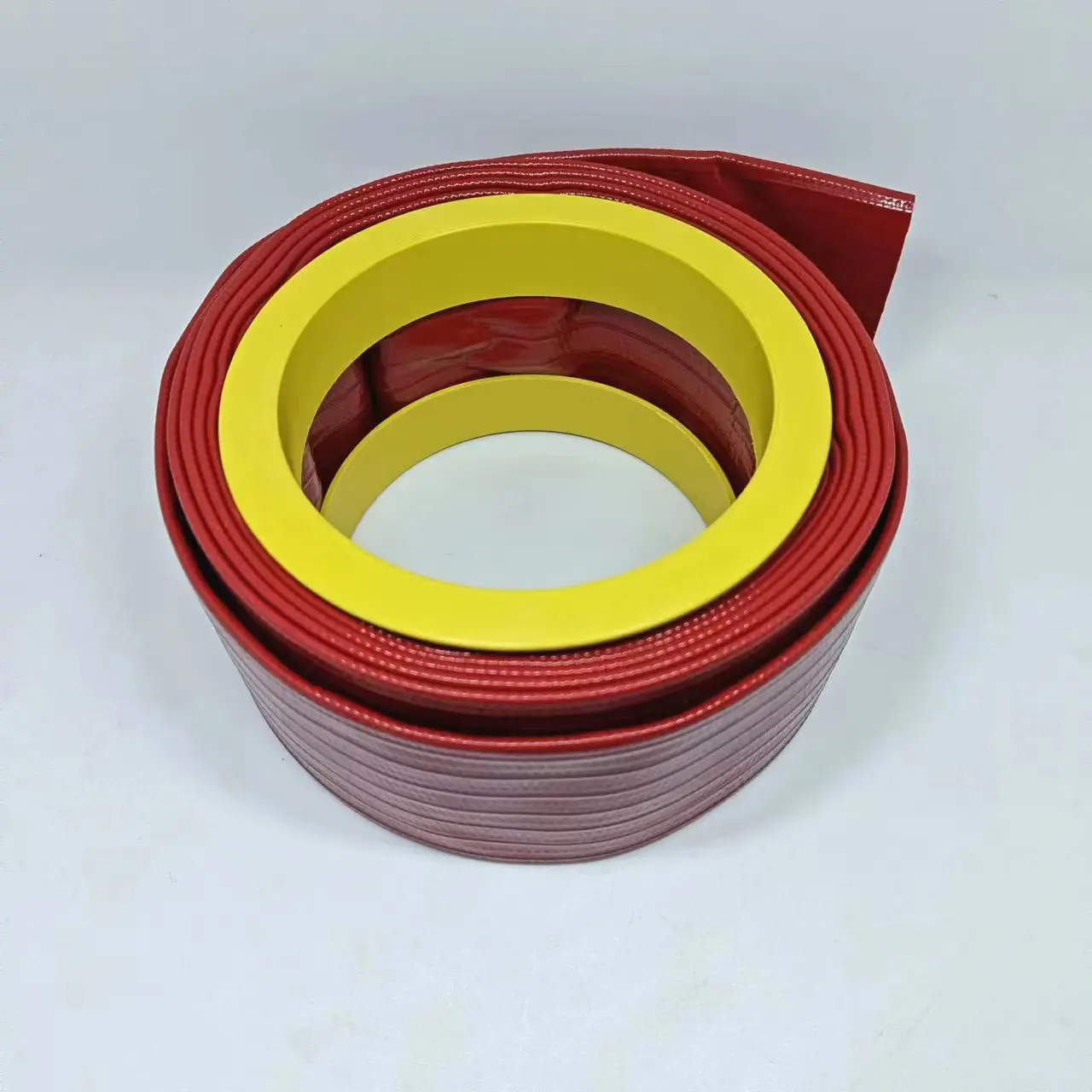
Comparison of PVC Layflat Hose with Other Irrigation Pipes
| Comparison Factor | PVC Layflat Hose | Rubber Hose | PE Pipe | Traditional Ditches |
|---|---|---|---|---|
| Portability | Excellent (foldable, lightweight) | Moderate | Poor | N/A |
| Ease of Installation | Low (no tools required) | Low | Moderate | High |
| Cost | Low | Moderate | Moderate | Low (but high maintenance) |
| Terrain Suitability | Versatile | Flat areas | Fixed installation | Fixed channels |
| Maintenance Needs | Low | Moderate | Low | High |
The comparison shows that PVC Layflat Hose offers clear advantages in flexibility, cost, and ease of use, making it particularly suitable for small-scale farming in Bolivia.
Demand Characteristics for PVC Layflat Hose in Bolivia
Bolivia’s agricultural sector is dominated by small family farms, where farmers prioritize affordable and easy-to-use irrigation tools. The market demand for PVC Layflat Hose exhibits the following characteristics:
High price sensitivity: Due to limited farmer incomes, budget-friendly products are preferred, leaving little market for high-end irrigation systems.
Preference for durability: While cost is important, farmers still expect hoses to last long enough to minimize replacement frequency.
Seasonal demand spikes: Sales typically increase before the dry season for irrigation needs and during the rainy season for drainage purposes.
Additionally, Bolivia’s rural markets are widely dispersed, with long supply chains, making transport and storage convenience key factors in purchasing decisions.
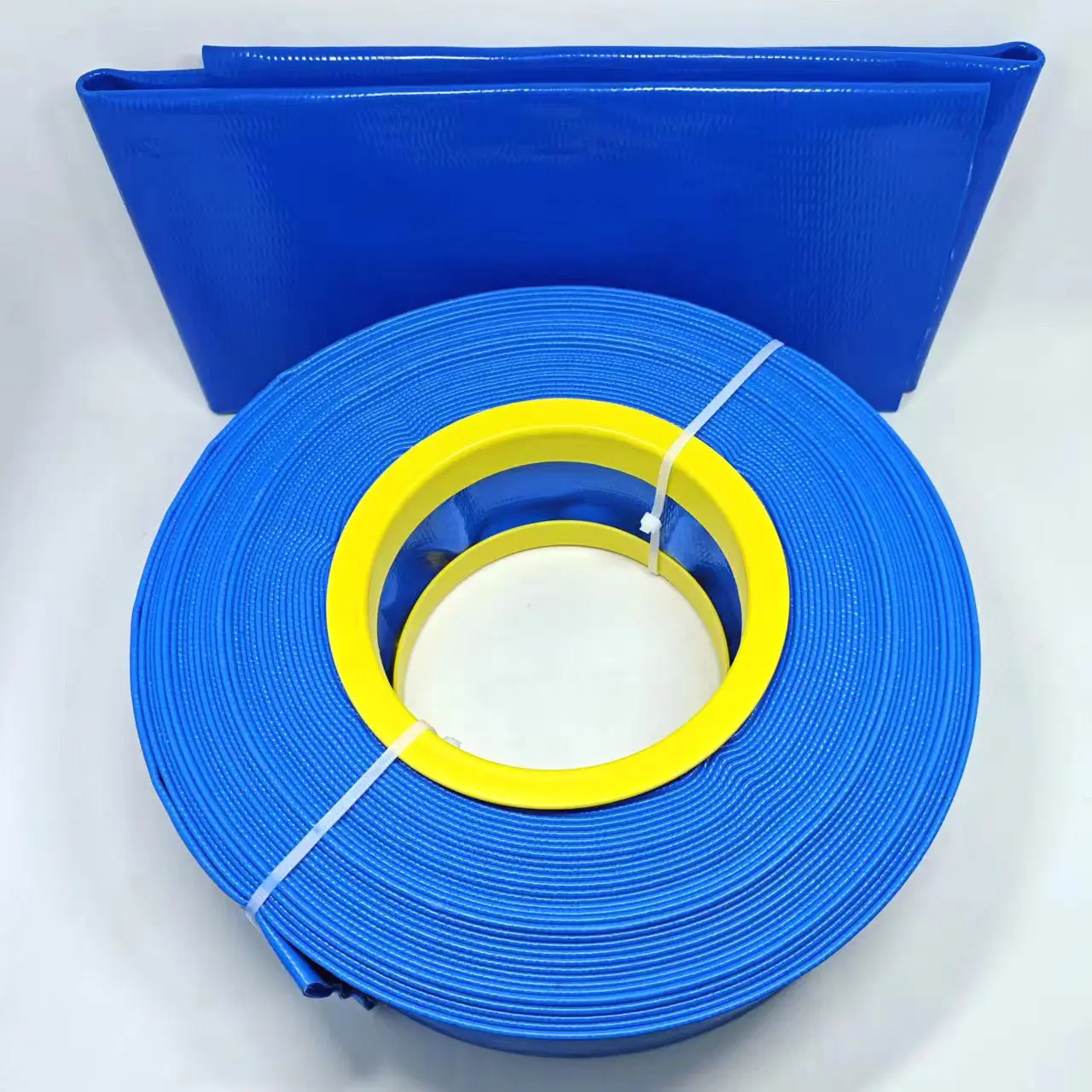
Maintenance and Storage Recommendations for PVC Layflat Hose
Proper maintenance and storage can extend the hose’s lifespan in Bolivia’s conditions. Key recommendations include:
Cleaning after use: Drain any remaining water to prevent sediment buildup and clogging.
Avoid prolonged sun exposure: Store the hose in a shaded area when not in use to reduce UV degradation.
Protect from sharp objects: Avoid dragging the hose over rocks or thorny plants to prevent punctures.
Regular inspections: Check for cracks or holes before use and repair them promptly to maintain efficiency.
In rural Bolivia, where many users lack technical knowledge, providing simple care instructions can help improve the product’s longevity.
Regional Variations in Demand for PVC Layflat Hose in Bolivia
Different regions in Bolivia have distinct requirements for the hose:
High-altitude regions (e.g., La Paz, Oruro): Dry climates necessitate UV-resistant hoses for irrigation.
Valley regions (e.g., Cochabamba, Sucre): Hilly terrain demands flexible and abrasion-resistant hoses.
Lowland regions (e.g., Santa Cruz, Beni): High humidity and rainy seasons require hoses with mold-resistant properties.
Understanding these regional differences can help tailor products to better meet Bolivia’s market needs.
Conclusion
PVC Layflat Hose has broad applications in Bolivia’s agriculture and temporary water transfer sectors. Its lightweight, durable, and cost-effective features make it a top choice for many farmers. As agricultural practices evolve, demand for this product is expected to grow further.
